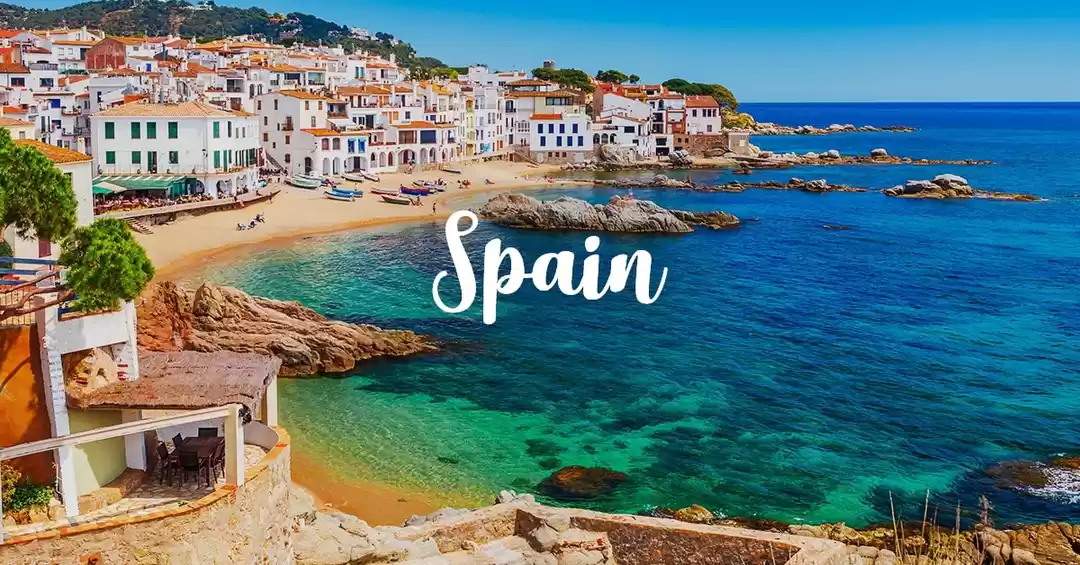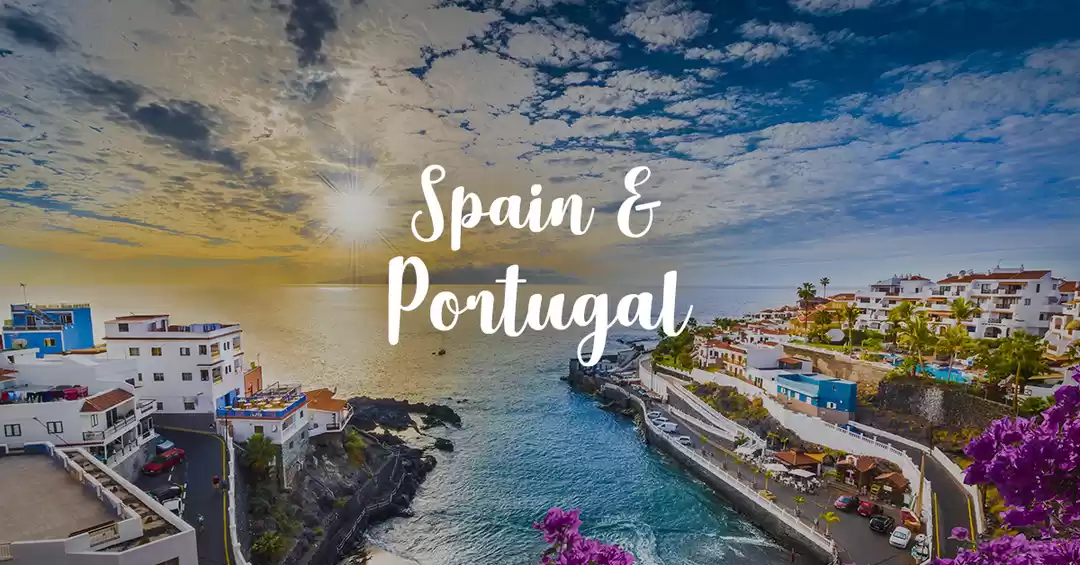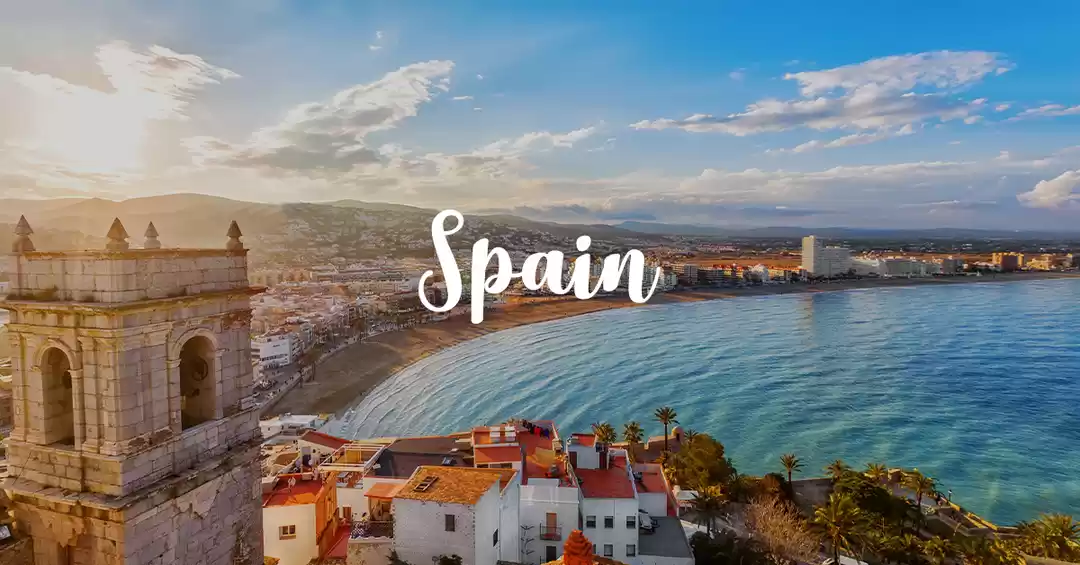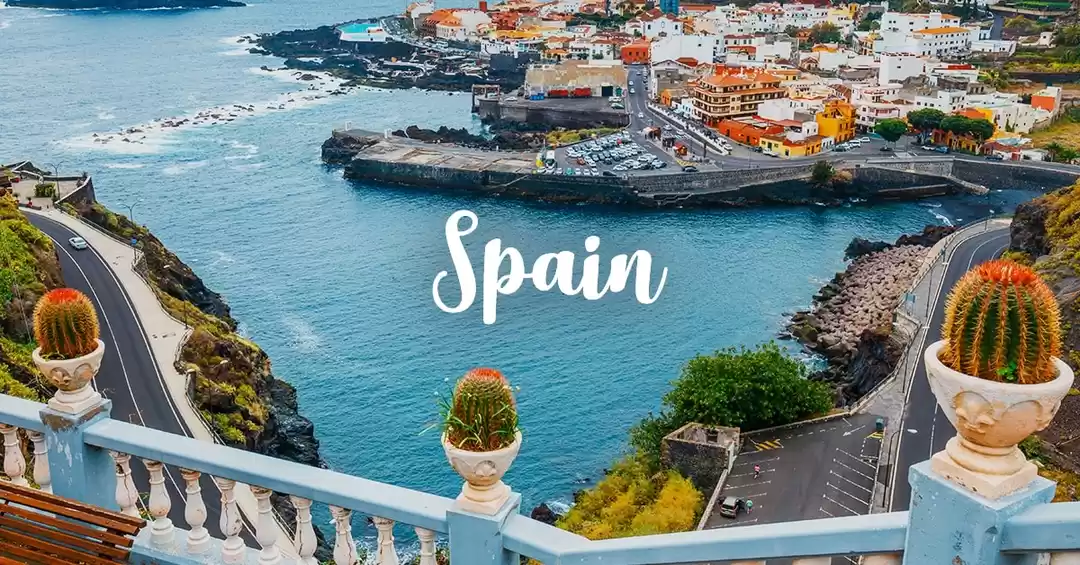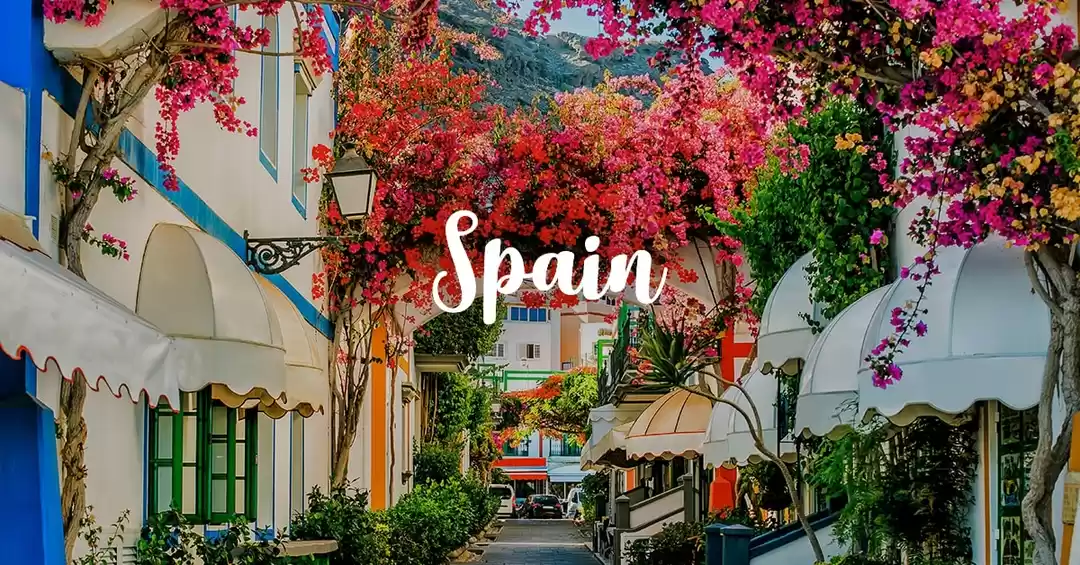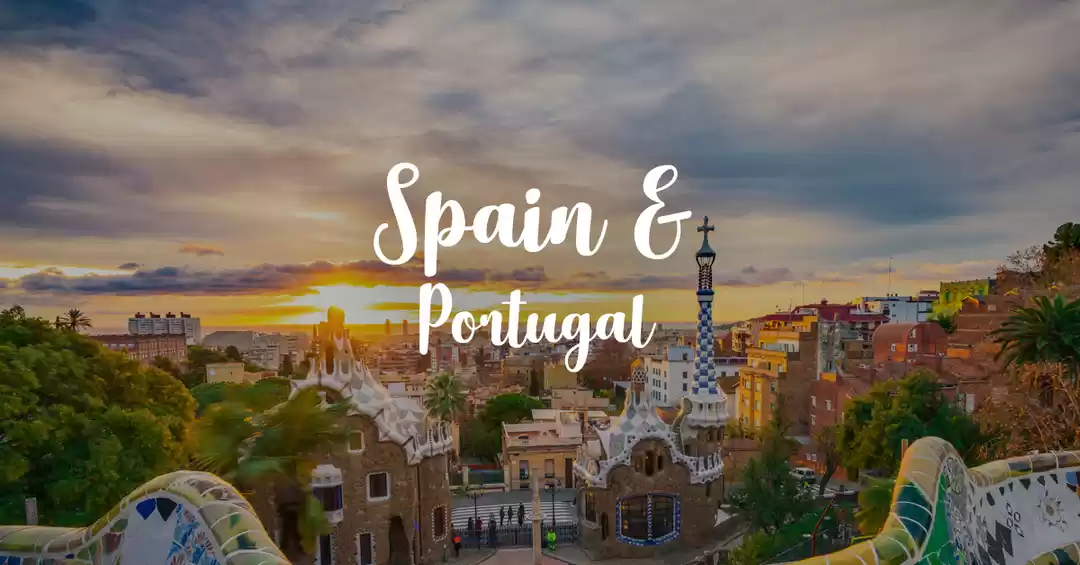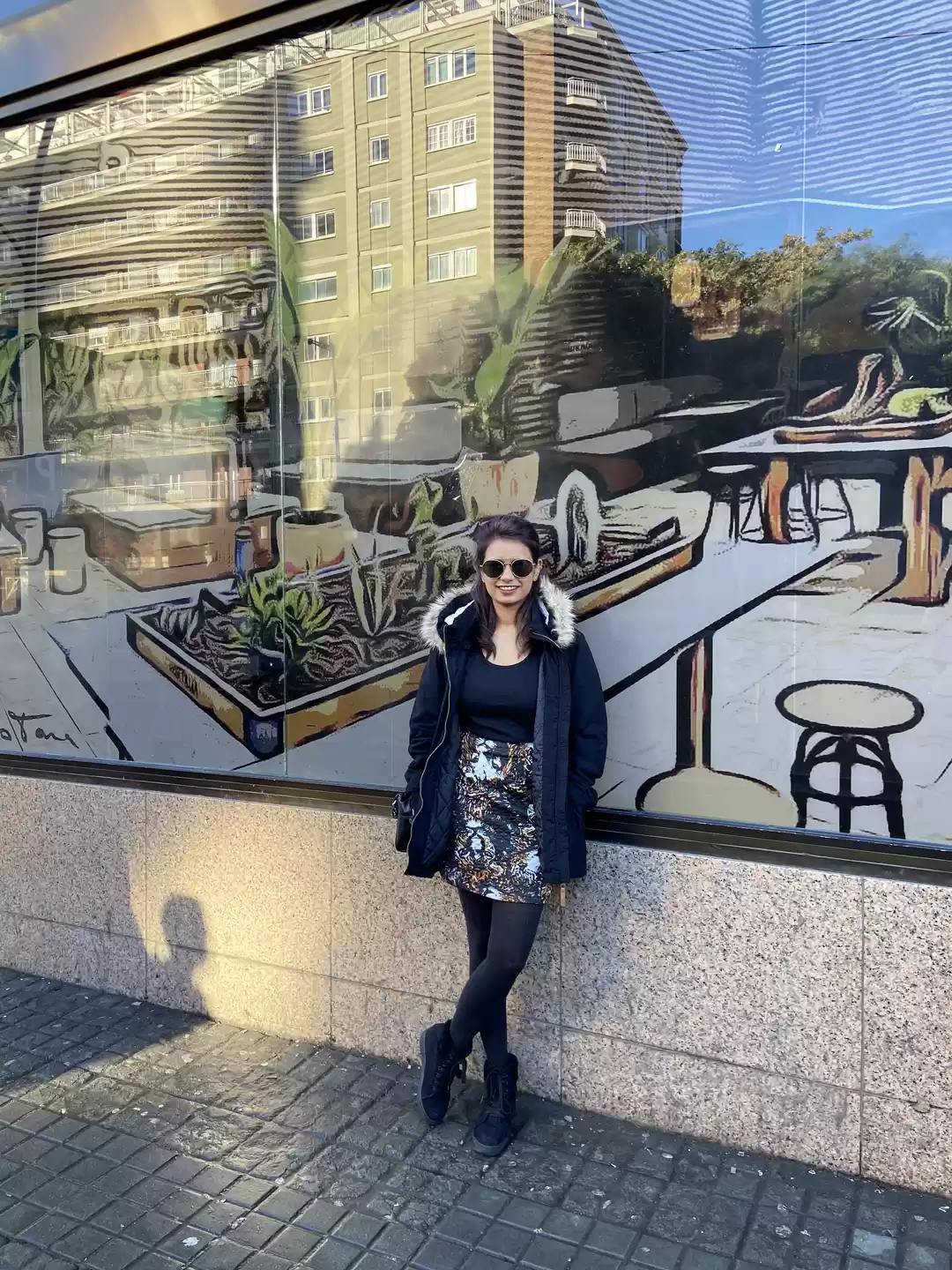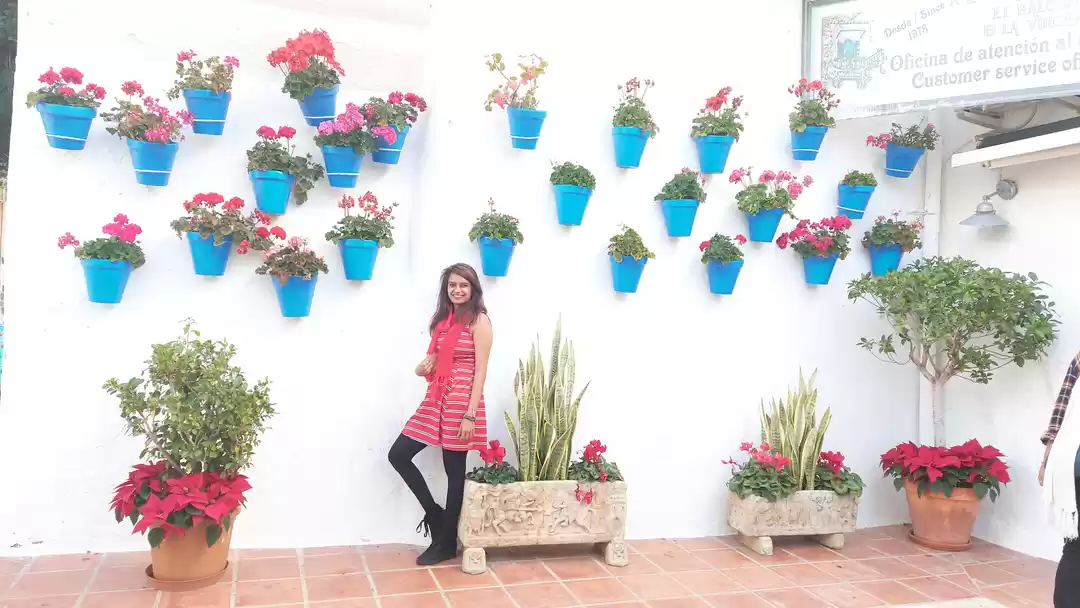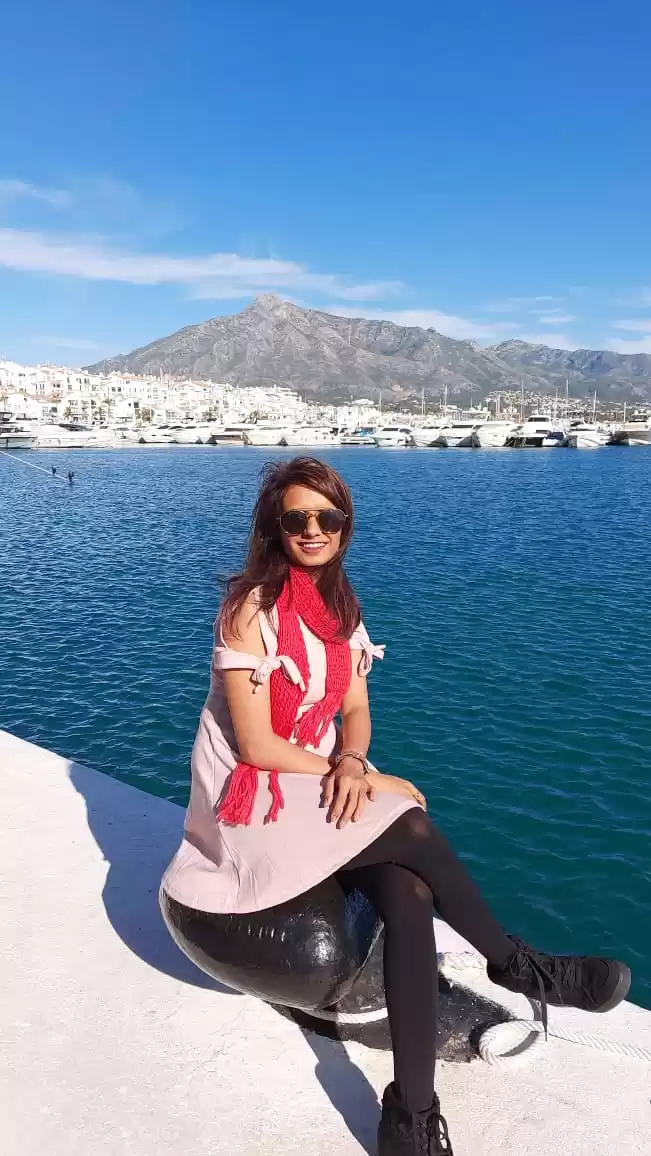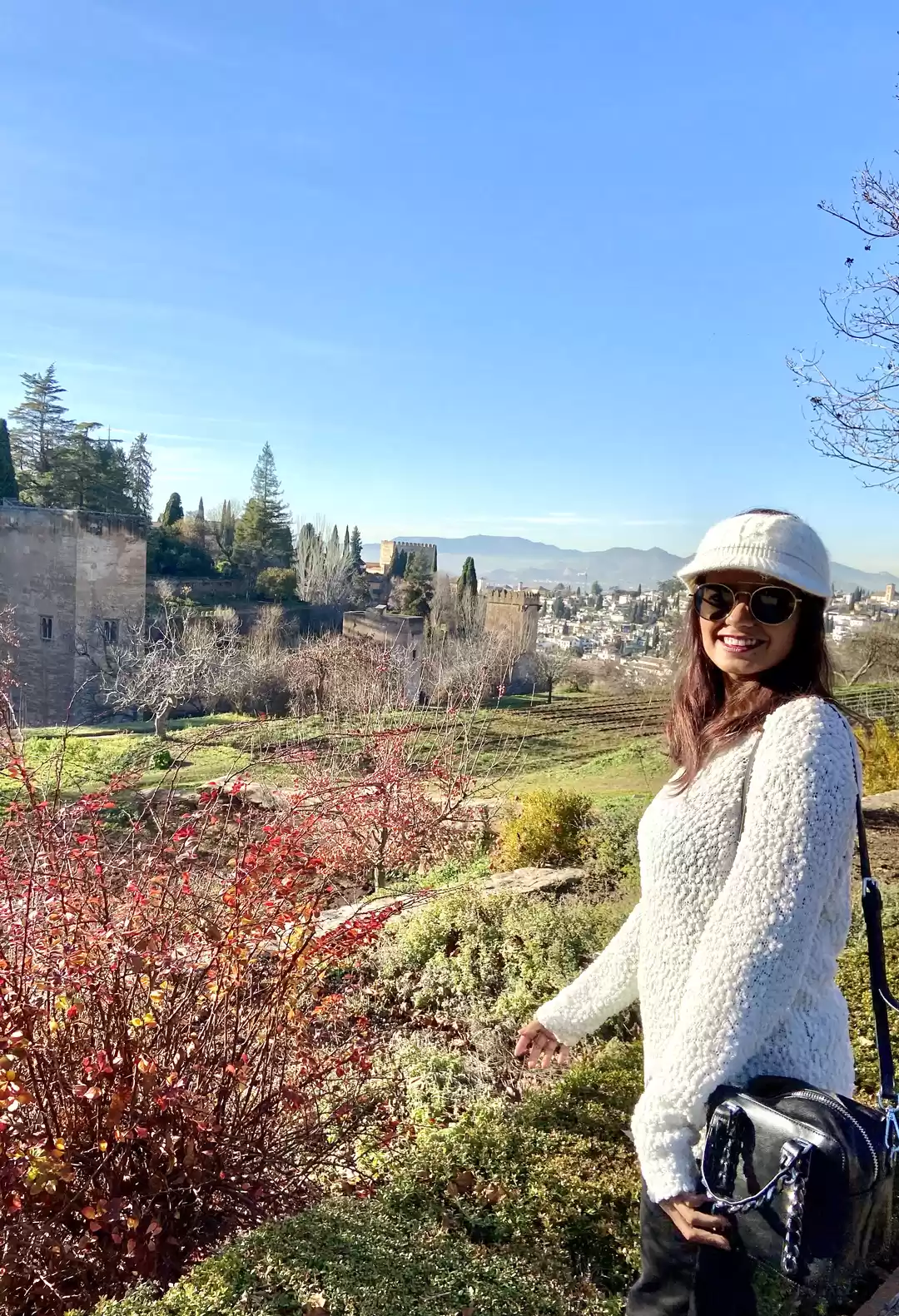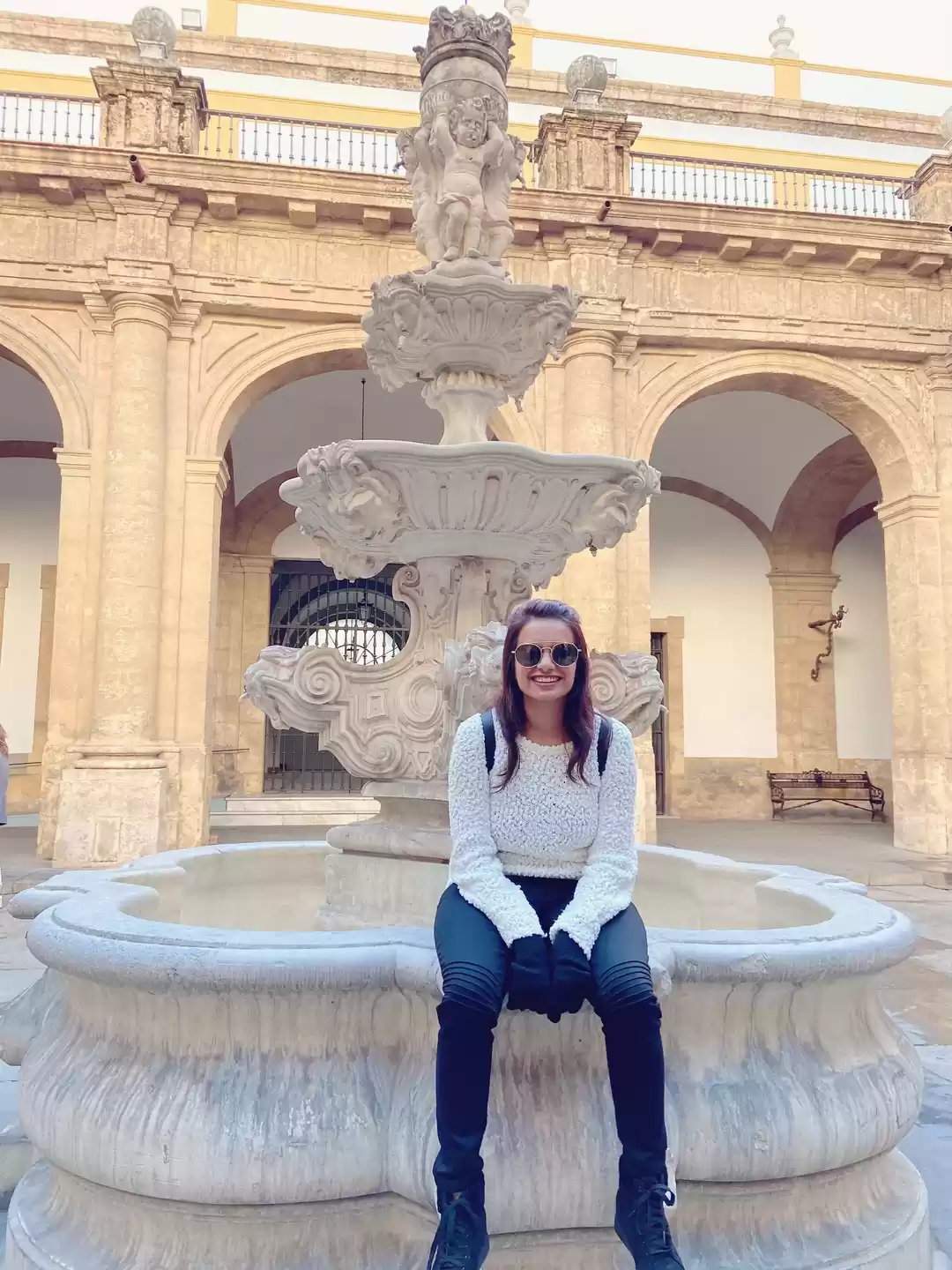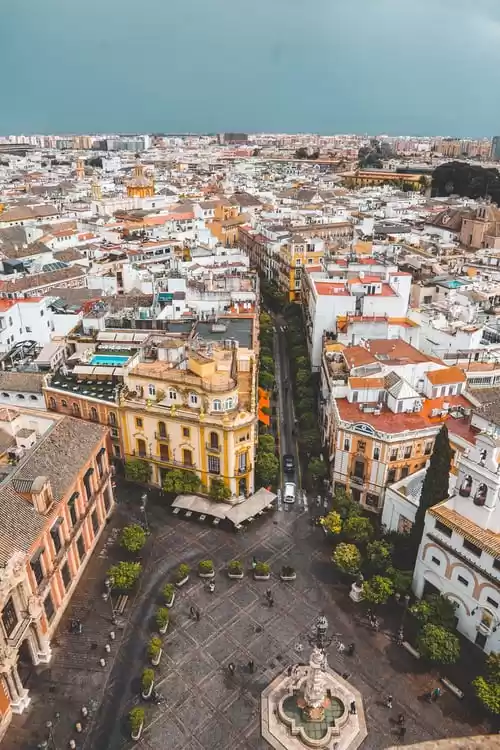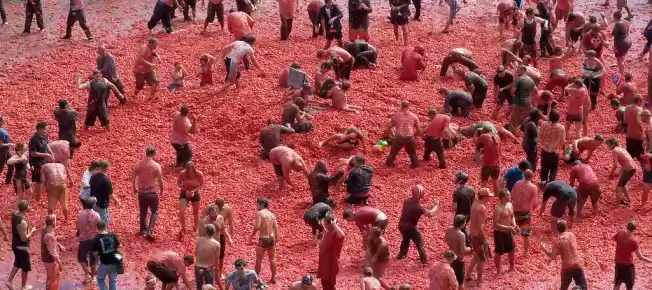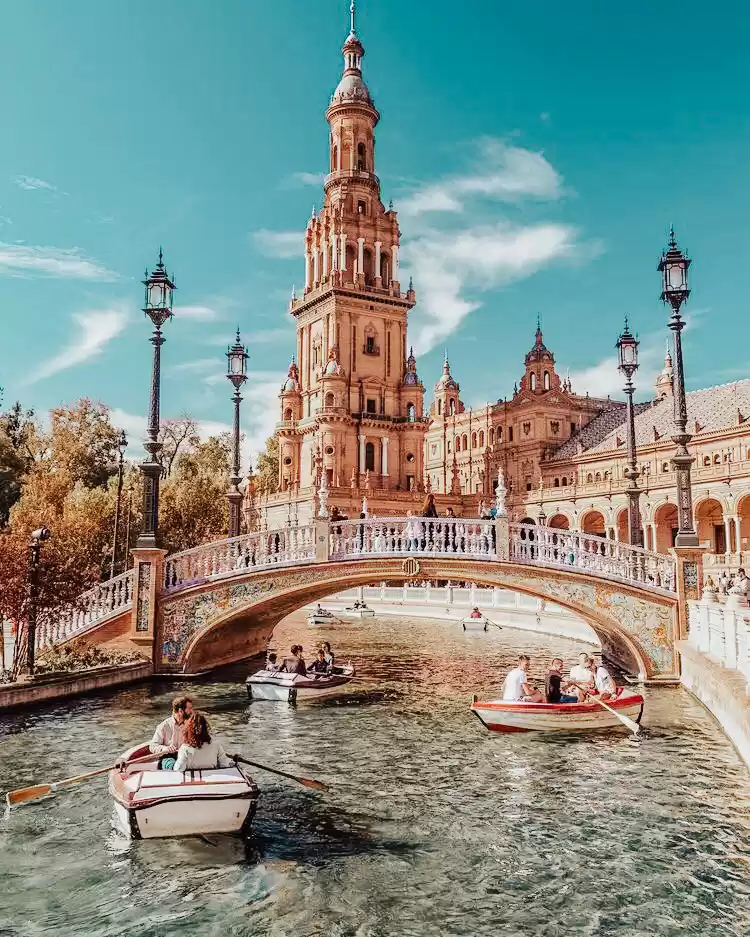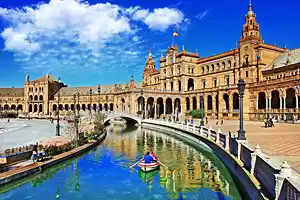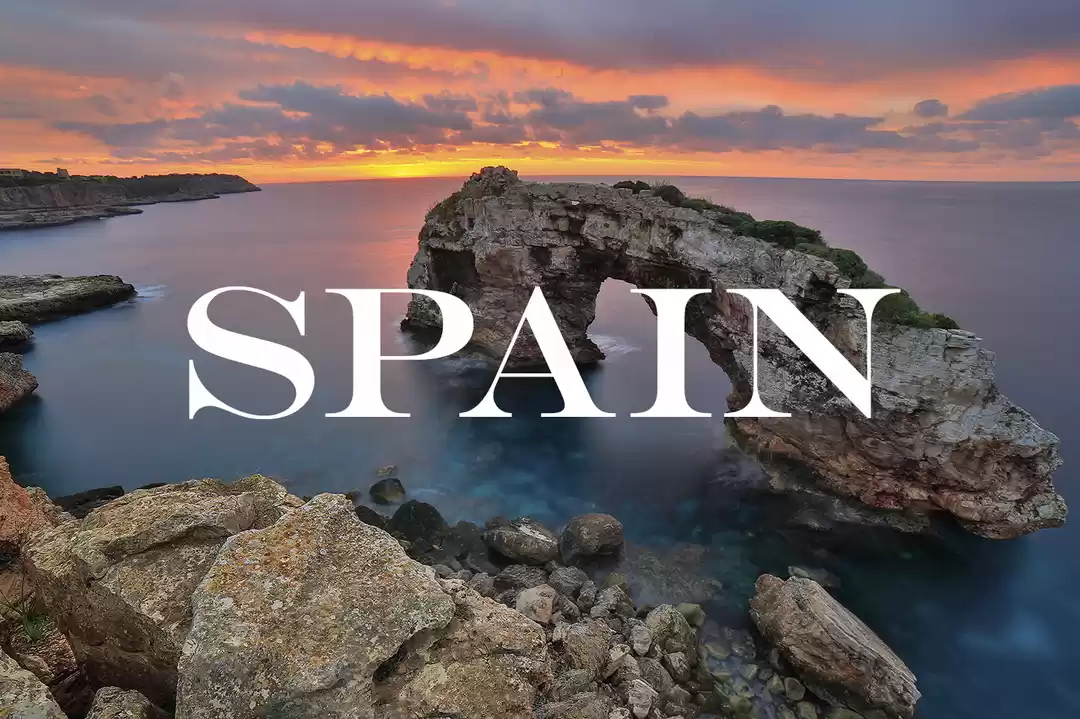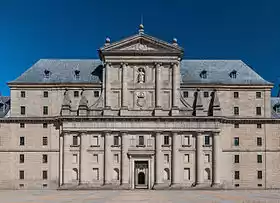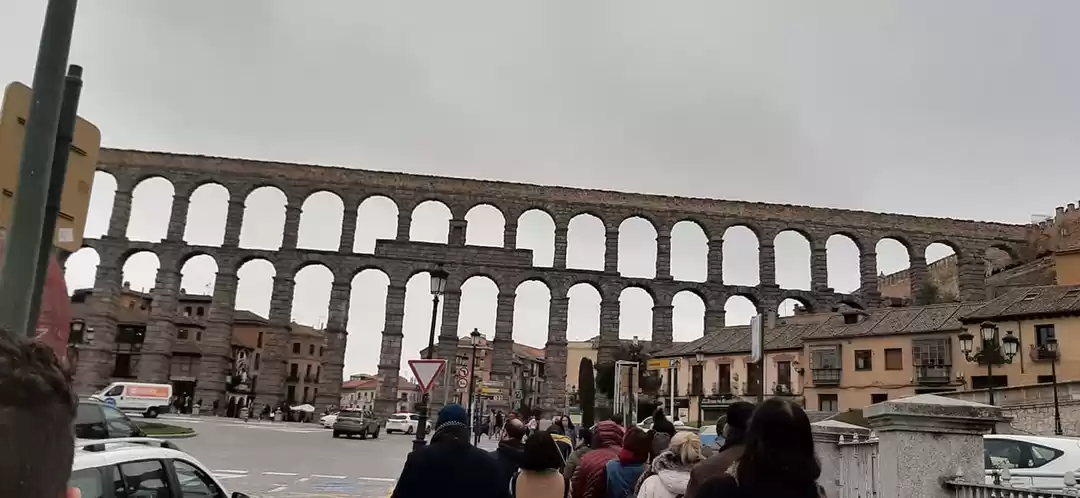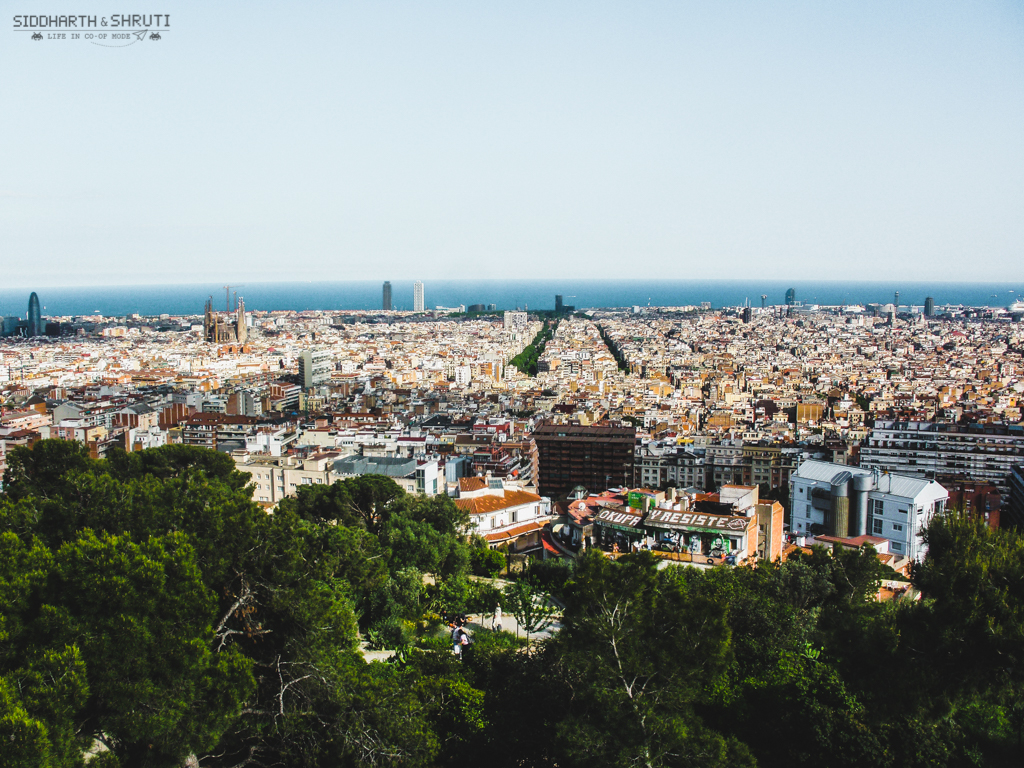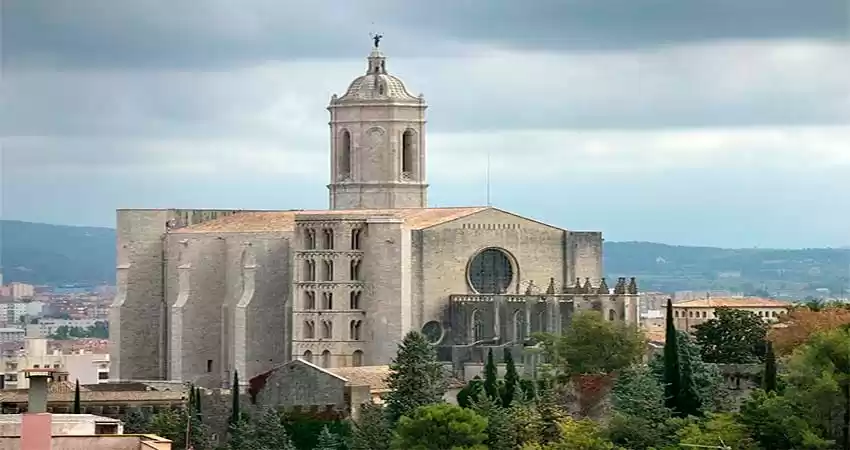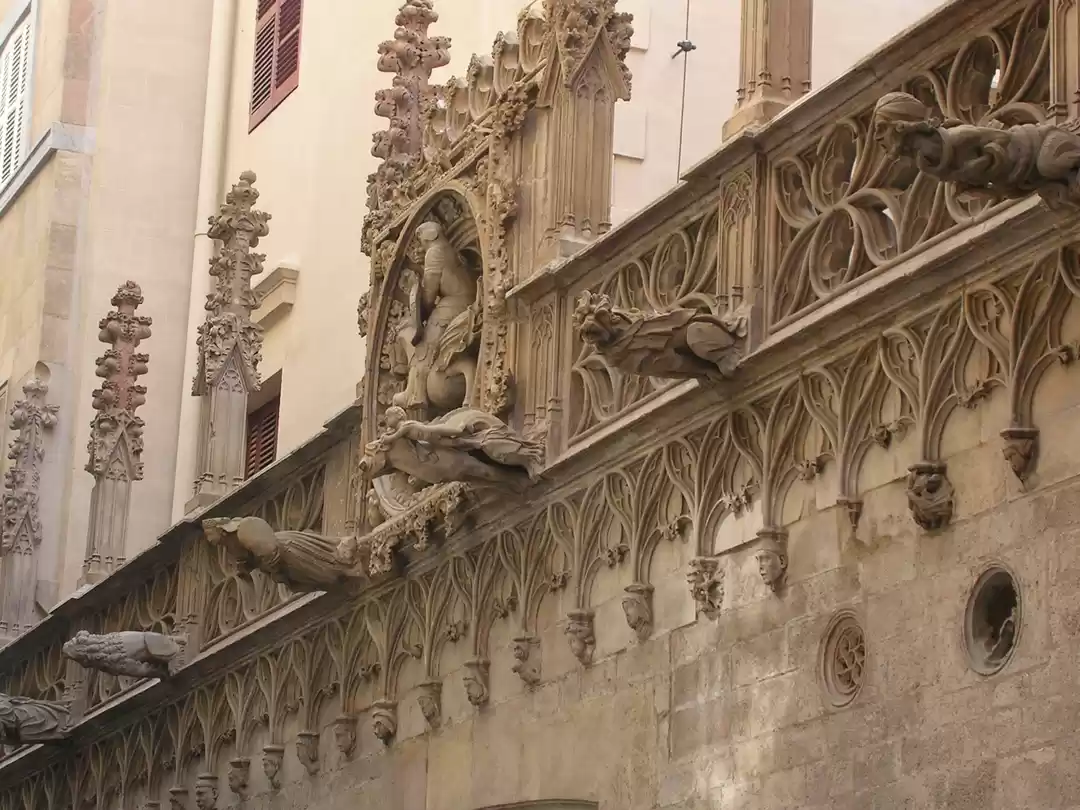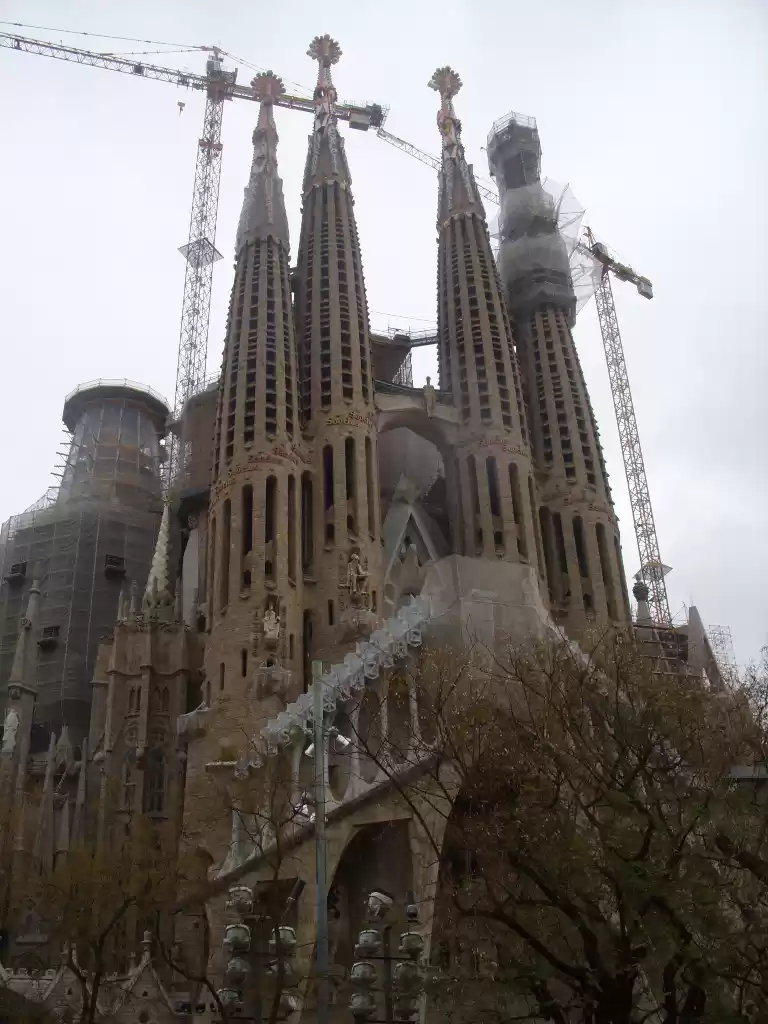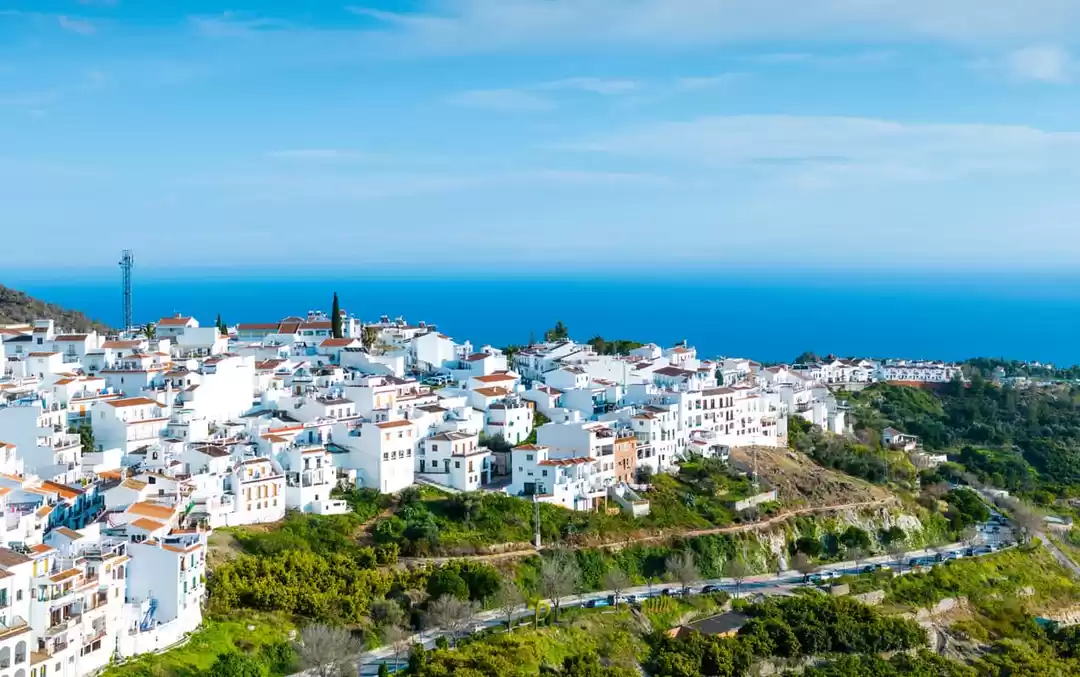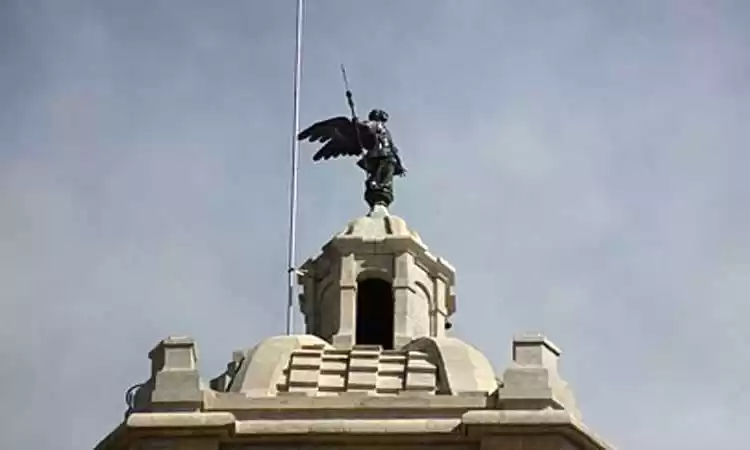
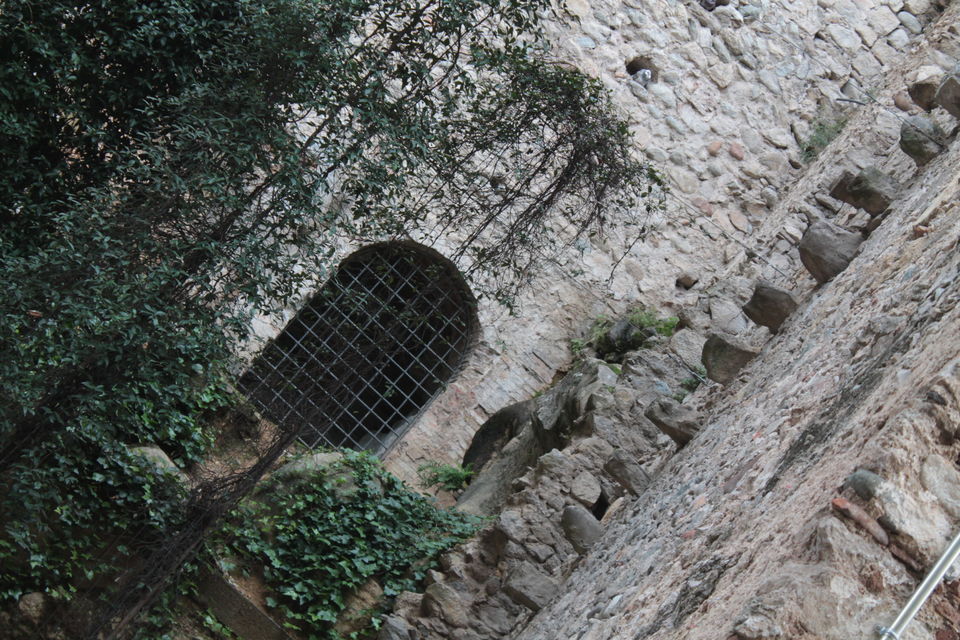






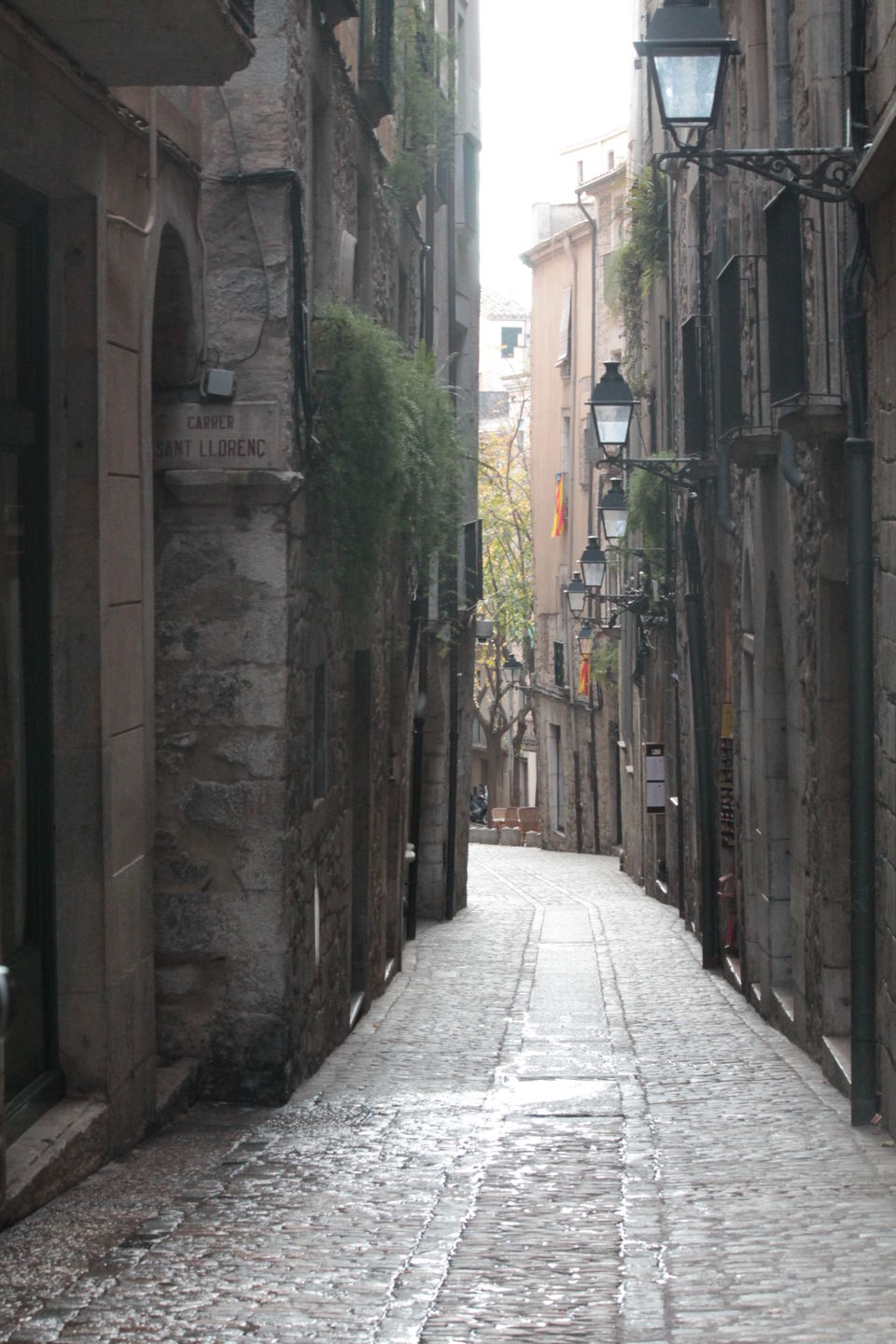




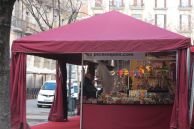
It was a cold chilly morning of December, we boarded the rental car from city center in Barcelona. We were a group of 6 tourists, all set to visit Girona and Costa Brava. Sun was shining bright as a witty and funny driver-guide drove us up the hills. As we ascended, the sun adjusted its rays and the Pyrenees changed colours. Pink, red, orange, blue and more…the hills adorned the colours so beautifully and had our gaze fixed on it.
It took us a little more than an hour to reach Girona which is situated about 120 kms away from Barcelona. Located beautifully amidst the Pyrennes, Girona is the largest city in Catalonia. A medieval time village it has retained its charm in terms of art, architecture, culture and gastronomy. As we got down the car, we were witnessing one of the bravest old towns in the history of Spain. We took a stroll through the lanes and visited the old historic monuments. The narrow streets with steep stairs made of large cobblestone, castle, large churches and an impressive walled section give the city a very medieval look.
Girona is a medieval city and is rich in History. It was founded by the Romans, then taken over by Moors, the Franks and lastly by the Rule of Barcelona. With several invasions throughout the centuries, it has been influenced by different cultures. The town is fortified by high walls that have historically played the role of defending Girona against the invaders. The city wall of the old town was an important military construction built in Roman times in the 1st century BC and was used as foundation. It was thoroughly rebuilt under the reign of Peter III the Ceremonious in the second half of the 14th century. At the start of the 16th century, the wall was absorbed in the city. Gradually it lost its value as a military wall, and started degrading. The fortified walls are split into two parts and we walked though the walls to have a panoramic view of the town of Girona.
The first monument we encountered as we walked up the narrow lanes was the ancient Cathedral, which was once upon a time used by the Moors as a mosque. Remodelled, or rebuilt, today it is a representation of Gothic architecture. A flight of 86 flights leads to the baroque façade. It is one of the finest representations of Catalan Gothic architecture. The setting of this baroque style cathedral is worth admiration.
A few yards of walk led us to the Esglesia de Sant Feliu. Built in Gothic style, possessing a genuine spire this Church dates back to 14th century. It contains the sepulcher of it patron and the tomb of the valiant Alvarez, a Chapel dedicated to Saint Narcissus, who is believed to be on one of the early Bishops. People from different cultures had all swarmed up to catch a beautiful view of the town of Girona from the Church. A local Spaniard was playing her instrument while the visitors clicked, talked and made merry out there.
Through the streets that we walked, we found imprints of Jewish heritage. Spanish expulsion of Jews almost wiped their history from the town. But what remains is the Jewish quarters and a rectangular indentation can be seen on the doorway of an old building. The most interesting aspect of Girona is the colourful houses overlooking Rio’ Onyar. The colours have been given to the house according to a palette created by Enric Ansesa, James J. Faixó and the architects Fuses and J. Viader. It is this characteristic of the city that gives it a Mediterranean look.
Once you cross River Onyar, you enter into a huge square like area adorned with local shops, eating joints, cafes and typical buildings. The place is called Placa de la Independencia and owes its origin to the War of Spanish independence against Napoleon Bonaparte. The streets of Girona are flanked by restaurants that serve traditional Catalan food ! There are many shops that serve you traditional Catalan food. An interaction with the locals selling clothes, stoles, boots and speaking Spanish mixed with Catalan is just an experience.
For me, the most exciting part was walking through through the semi dark lanes, click pictures of Jewish quarters around, shopping and eating out while the walk continued. It was a world of charm, quiet, calm, colourful, rich in history and made happening by coffee shops and local artefacts stalls. The charm of the old town will certainly leave a mark on your travel memories!
This trip was originally published on My Blog.



